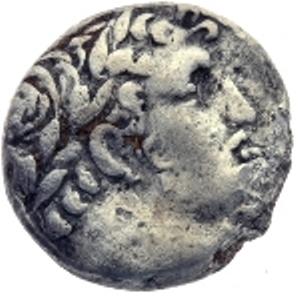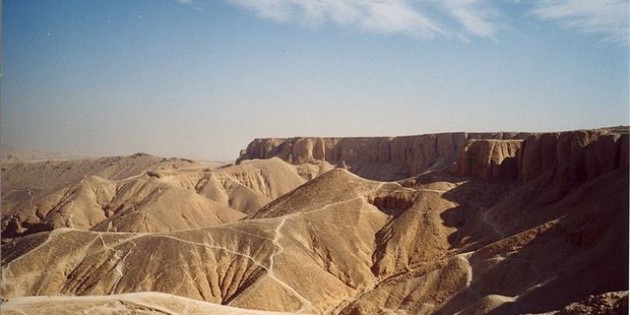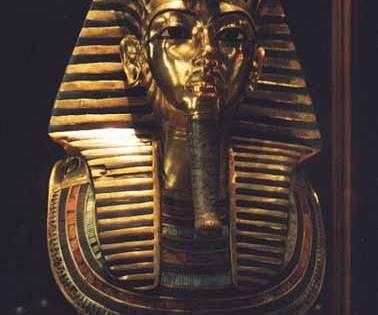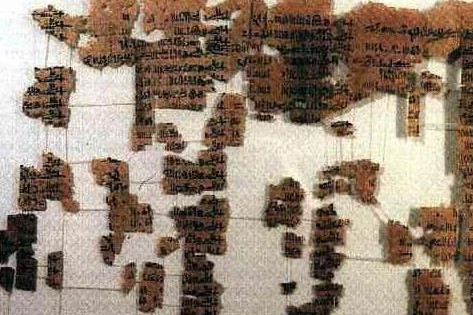Home » Archives for December 2008
Archive for December, 2008
On the obverse of this coin is a laureate head of Melqarth (in his Hellenized form as Heracles) to the right. The reverse shows an eagle on a prow, a palm branch at its shoulder; in the left field is a club and the date Qθ (99 of the Tyrian era); in the right field […]
Hidden behind the Theban Hills, on the West Bank of the Nile, lies the Valley of the Kings (Wadi el-Muluk in Arabic), a limestone valley where tombs were built for the Pharaohs and powerful nobles of the New Kingdom during the 18-21st Dynasties. It was chosen as the burial place for most of Egypt’s New […]
Mask of Tutankhamen’s mummy King Tutankhamen ruled Egypt for nine years, from approximately 1332 to 1323 BCE. He ascended the throne at age nine, and he remained in power until his sudden death at age 18. His tomb was discovered on November 22, 1922, by Howard Carter, an English archaeologist and Egyptologist, in the Valley […]
The Turin King List or Turin Royal Canon Papyrus dates to Ramesses II and is inscribed with a list of Egyptian Rulers (1279-1213). It mentions the names of all Egyptian rulers preceded by the register of gods that, as it was believed, ruled over Egypt before Pharaohs era. The document, originally complete, fell into about […]
This small sculpture showing the god Osiris, his companion Isis and their son Horus was probably meant to be worn suspended from a chain around one’s neck. Louvre, Paris Malek, Jaromir, Egypt; 4000 years of Art. London- Phaidon Press, 2003.
This tablet is inscribed with bilingual (Sumerian and Akkadian) incantations against the evil asakku demon, which together with many other malevolent forces has attacked the sufferer in the head. The first spell describes its evil effects, and the second is recited over a kid, as a substitute to which the evil is transferred so that […]
Mesopotamia’s contribution to the history of medicine was probably considerable, but the question of what scientific knowledge is embodied in the texts still requires serious investigation. Medical texts in cuneiform script are rare before the first millennium BC, but large numbers have been discovered in the Assyrian capital cities, especially Ashur and Nineveh, as well […]
Photo courtesy of Israel Antiquities Authority. In Dec. 2007, archaeologists digging in the City of David area announced that they had discovered the ruins of a large building. Archaeologist Doron Ben-Ami said the structure likely belonged to Queen Helene of Adiabene. According to Josephus, Queen Helene converted to Judaism and left Adiabene (now in Northern […]
“Tomb of the Kings” A decorated sarcophagi from Tomb of Queen Helene of Adiabene bearing the inscription “Queen Tseddah.” The so-called “Tomb of the Kings” has been identified as the Tomb of Queen Helene of Adiabene (a kingdom of northern Mesopotamia), who with her family converted to Judaism during the reign of Claudius; they then […]
The Seal of Gedaliah was found in 1935 in excavations at Lakhish (Lachish). It was found in a layer of ashes left behind from Nebuchadnezzar’s fire. Inscribed on the seal are the words, “Belonging to Gedaliah, who is over the House.” Gedaliah the son of Ahikam governed the people of Judah after the destruction of […]










